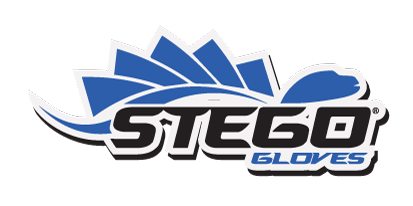material guide
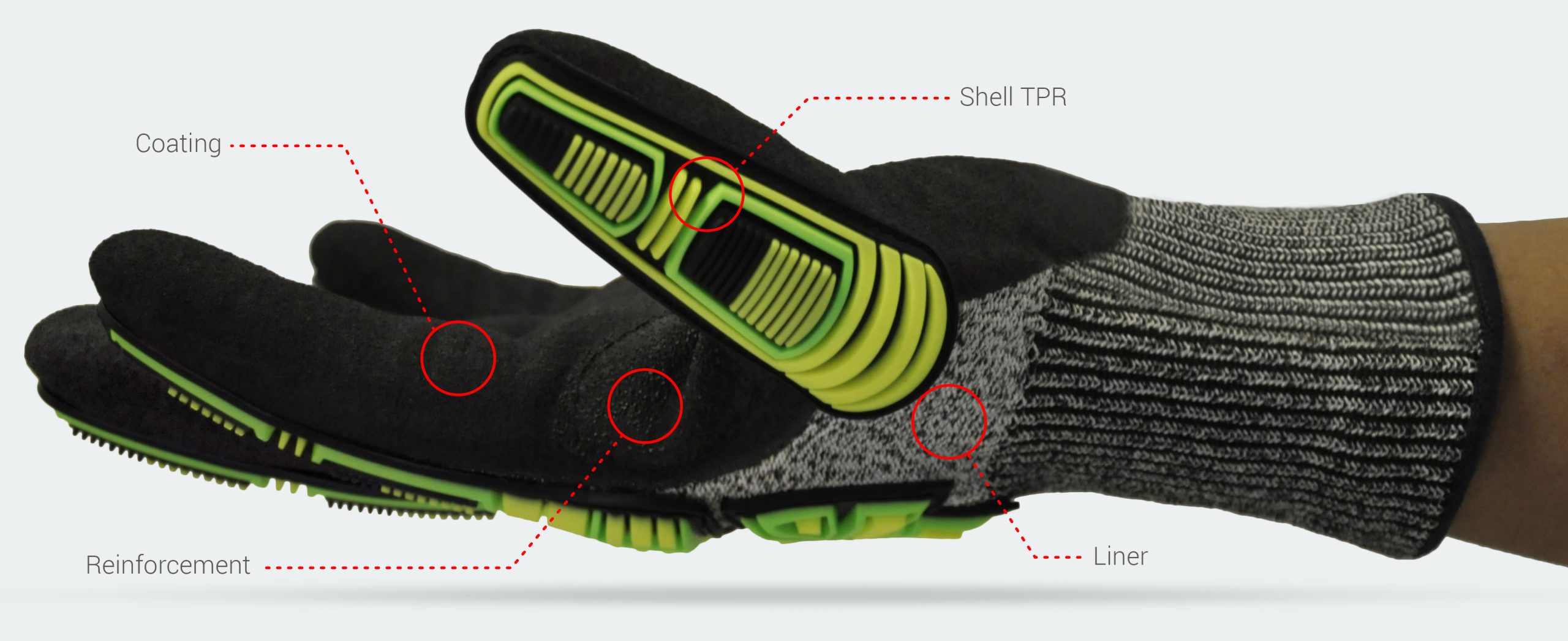
LINING
The main material that the gloves are made of. We offer wide selection of liners with different characteristics that suits the protection needed.
COATING
Is an additional protection given to the liner. Different coatings properties adds performance value of the glove. It can be half or fully coated, single or double dipped.
REINFORCEMENT
Just like coatings, TPR or reinforcements also add extra protection to the hand, not just for cut of abrasion but TPR is specifically design to protects the hand from heavy accidental blows.
TYPES OF LINER
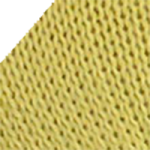
ARAMID KEVLAR
Aramid is a strong synthetic fibre that has excellent resistance to heat, abrasion and organic solvents. Its performance is five times higher than leather and three times higher than cotton.
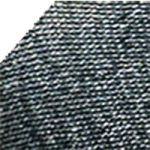
HPPE
High Performance Polyethylene (HPPE) is a very tough material with the highest impact strength. Cut resistant equal to a para-aramide, hard wearing in relation to abrasion (ten times better than steel wire). HPPE maintains its properties when subjected to bending, and can withstand chemicals, particularly solvents
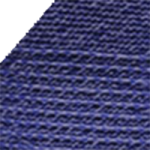
POLYESTER+SPANDEX
Made from repeating chains of monomers that are held together with an acid. Main feature of this material is its durability and elasticity.
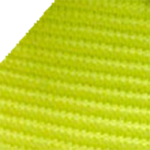
SPANDEX
A lightweight, synthetic fiber that is used to make stretchable fabric. It is made up of a long chain polymer called polyurethane, which is produced by reacting a polyester with a diisocyanate. The polymer is converted into a fiber using a dry spinning technique. First produced in the early 1950s, spandex was initially developed as a replacement for rubber.

GOAT SKIN LEATHER
Goatskin is often referred to as nature's strongest leather. It has very high tensile-strength and abrasion-resistant properties, but has excellent softness and is lightweight.
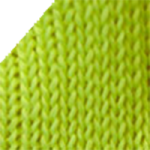
KNITTED COTTON
Made of natural cellulose fibre characterized with softness and flexibility. It is supple, comfortable and non-irritating, It protects the hand against mechanical aggression and absorbs perspiration.
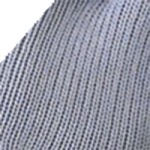
KNITTED NYLON
A lightweight elastic poly-amide that can resist abrasion and deformation. Gloves that are made of nylon mixed with cotton and acrylics are flexible, durable and comfortable.
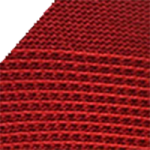
POLYESTER KNIT
As a specific material, it most commonly refers to a type called polyethylene terephthalate (PET). Polyesters include naturally occurring chemicals, such as in the cutin of plant cuticles, as well as synthetics through step-growth polymerization such as polybutyrate

NITRILE
An oil-resistant synthetic rubber produced from a copolymer of acrylonitrile and butadiene. Its main applications are in fuel hoses, gaskets, rollers, and other products in which oil resistance is required.
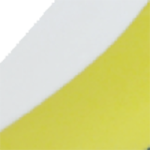
COTTON FLOCK
This refers to the extra cotton lining inside the gloves. It makes the gloves easy to put on and to remove. Since the glove has the added layer of cotton in the lining, the glove becomes slightly thicker, providing a greater level of puncture and abrasion resistance.
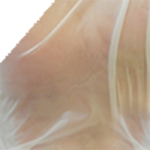
PVC
Polyvinyl Chloride (PVC) is a thermoplastic polymer of vinyl chloride. PVC offers good abrasion resistance, but may be susceptible to punctures, cuts, and snags. While it is flexible, it does not provide the tactile sensitivity associated with most rubber products.
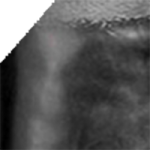
RUBBER
It has typical rubbery elasticity, and good resistance against abrasion and others mechanical property.
COATINGS
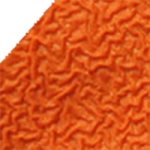
LATEX
A natural rubber that is robust, elastic and durable. It is waterproof and gives protection against mechanical impacts, household cleaning detergents, alcohols and ketones.

NEOPRENE
A synthetic rubber polymer Polychloroprene that gives good chemical stability and flexibility. Ideally suited for handling acids, caustics, oils, alcohols, ketones, aliphatic hydrocarbons and petroleum.
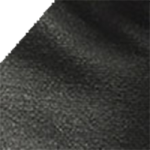
NITRILE
A synthetic polymer with high resistance to oil, fuel and other chemicals. It is flexible and can withstand abrasion with modest puncture resistant properties.
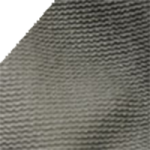
POLYURETHENE (PU)
Polyurethane is an elastomer that is useful in applications that require strength, flexibility, abrasion resistance and shock absorption. It is very elastic and can withstand oils and chemicals.

POLYVINYL CHLORIDE (PVC)
A synthetic resin made from polymerization of vinyl chloride. It is flexible, lightweight and rigid. PVC is also known for its exceptional durability.
TPR

SHELL TPR
Molded material on top of every protective gloves that provides impact protection on hands. Shell TPR provides maximum coverage and is designed to disperse impact force energy away from the bone, helping to prevent hand/finger injuries.
